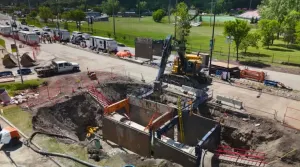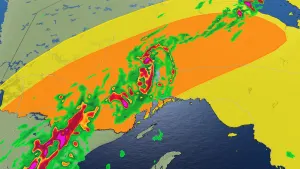
Boeing Starliner lifts off on first crewed test flight to the space station
The test of this new crew spacecraft promises to expand the opportunities for human space flight.
NASA astronauts Butch Wilmore and Suni Williams are now in Earth orbit and on their way to the International Space Station after the very first crewed test flight of Boeing's Starliner spacecraft successfully lifted off Wednesday morning.
Under beautiful blue skies along Florida's space coast, NASA's Boeing Crew Flight Test blasted off from Space Launch Complex 41 at Kennedy Space Center right on time, at 10:52 a.m. EDT, on Wednesday, June 5.
"Two bold NASA astronauts are well on their way on this historic first test flight of a brand-new spacecraft," NASA Administrator Bill Nelson said in a press release. "Boeing's Starliner marks a new chapter of American exploration. Human spaceflight is a daring task — but that's why it's worth doing. It's an exciting time for NASA, our commercial partners, and the future of exploration. Go Starliner, Go Butch and Suni!"

Boeing Starliner and its Atlas V booster rocket climb away from Space Launch Complex 41 shortly after launch on June 5, 2024. (NASA TV)
Now having successfully reached space, Commander Barry "Butch" Wilmore and Pilot Sunita "Suni" Williams will circle Earth for around 25 hours, orbiting the planet several times before they catch up to and dock with the International Space Station. They are scheduled to arrive at 12:15 p.m. EDT on Thursday, June 6.
"This crew flight test represents the beginning of a new era of space exploration as we watch astronauts Wilmore and Williams put Boeing's Starliner through its paces on the way to the International Space Station," Ted Colbert, President and CEO of Boeing Defense, Space & Security, said in a company statement. "This is a great start. We look forward to getting the astronauts safely to the space station and back home."
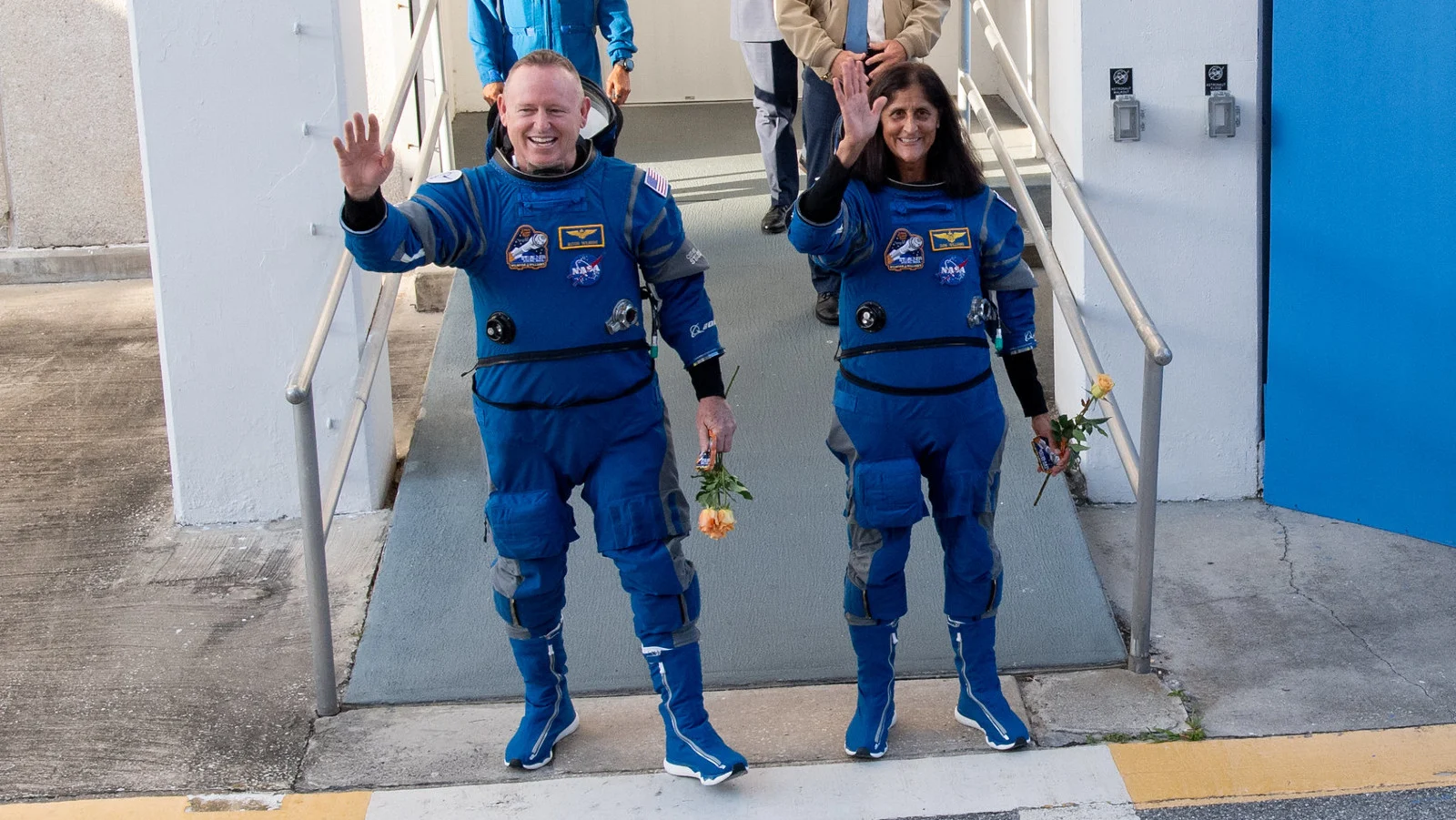
In this photograph, Butch Wilmore and Suni Williams depart the Neil A. Armstrong Operations and Checkout Building for Launch Complex 41 at Kennedy Space Center, on the morning of June 5, 2024, prior to boarding the Starliner CST-100 spacecraft that carried them into space. (NASA/Joel Kowsky)
According to NASA, in addition to the two astronauts, Starliner is also carrying roughly 344 kg of cargo to the ISS, "which includes food, clothing, exercise gear, medical supplies, photo and media equipment, vehicle supplies and tools, and other items."
Also included is a thumb drive containing about 3,500 images of artwork from children in 35 states and 66 different countries. Plus, the pair are flying some personal items to space. Wilmore is carrying two gold rings resembling the astronaut pilot wing pin issued by the U.S. Navy, as well as shirts from Tennessee Technological University and the University of Tennessee. Williams has brought a diver pin, the dog tags from her two Labrador retrievers, and shirts from the U.S. Naval Academy and the Sunita L. Williams Elementary School in Needham, Massachusetts.
READ MORE: Canada's newest astronauts get their first missions to space
Boeing's First Crewed Flight
This mission is the very first crewed flight for Boeing's CST-100 Starliner.
The spacecraft on this flight, named Calypso, is one of two Starliners that Boeing has launched into space, and this is the third orbital mission so far for the company.
The two prior missions were uncrewed tests, with no astronauts on board.
The first uncrewed test, in December 2019, was flown by this very same spacecraft. Although Calypso successfully launched and orbited Earth, once in space it suffered a computer problem that caused it to use up more fuel than was intended. This prevented the spacecraft from docking with the ISS. However, upon its return to Earth, the mission was deemed a partial success.
The second, flown by the unnamed Boeing Starliner Spacecraft 2, lifted off in May of 2022, after a delay from its original August 2021 launch date. This mission was a complete success, rendezvousing and docking with the space station, and then returning to Earth after six days in space.
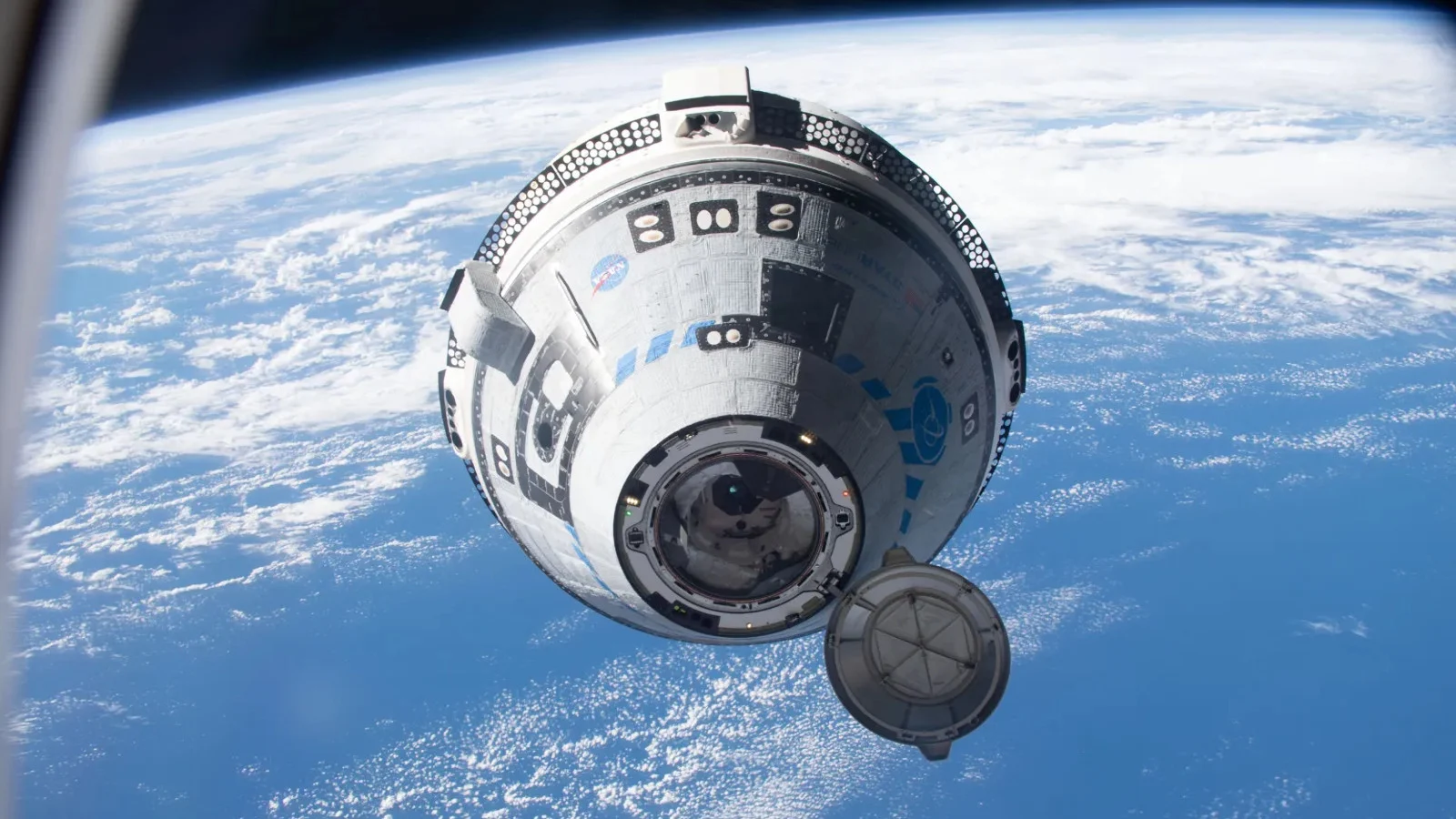
Boeing's Starliner Spacecraft 2 approaches the ISS in this photograph taken during the May 2022 uncrewed test flight. (NASA)
Boeing's first crewed test flight has been in the works for a long time. The original launch date was expected sometime in 2017. However, the program was plagued by technical issues, pushing each test later and later, with NASA even suggesting the second uncrewed test before they would clear Starliner to carry astronauts into space.
Even this exact flight suffered several delays. The first attempt was on May 6, which was scrubbed due to a helium leak detected in the second stage of the United Launch Alliance booster rocket. Follow-up dates were set for May 17, May 21, and May 25, as Boeing and ULA attempted to fix the issue. Each time, the launch was pushed back.
With the flight finally lifting off without issue, Wilmore and Williams are expected to spend the next seven days in space — one day to catch up to the space station and dock, five days in orbit on the station, and one day to return for landing.
After this test, the first full operational flight of a Starliner mission is expected to take place in early 2025. On board that mission will be two NASA astronauts, Scott Tingle and Michael Fincke, Japanese astronaut Kimiya Yui, and Canadian astronaut Joshua Kutryk.
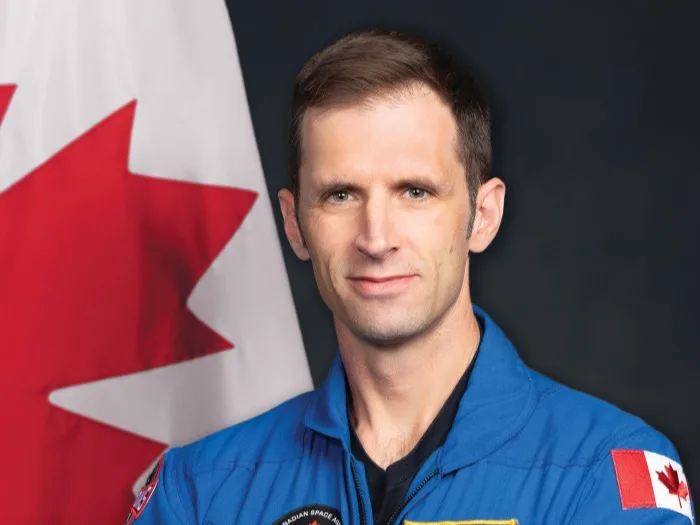
Canadian astronaut Joshua Kutryk. (CSA)
NASA's live coverage of the arrival and docking of Starliner Calypso starts at around 9:25 a.m. EDT on Thursday, June 6.
According to the space agency, Calypso is expected to arrive at the station at 12:15 p.m. EDT, with the hatch between Starliner and the ISS opening, with Wilmore and Williams joining the Expedition 71 Crew on the station, at around 2 p.m. EDT.








